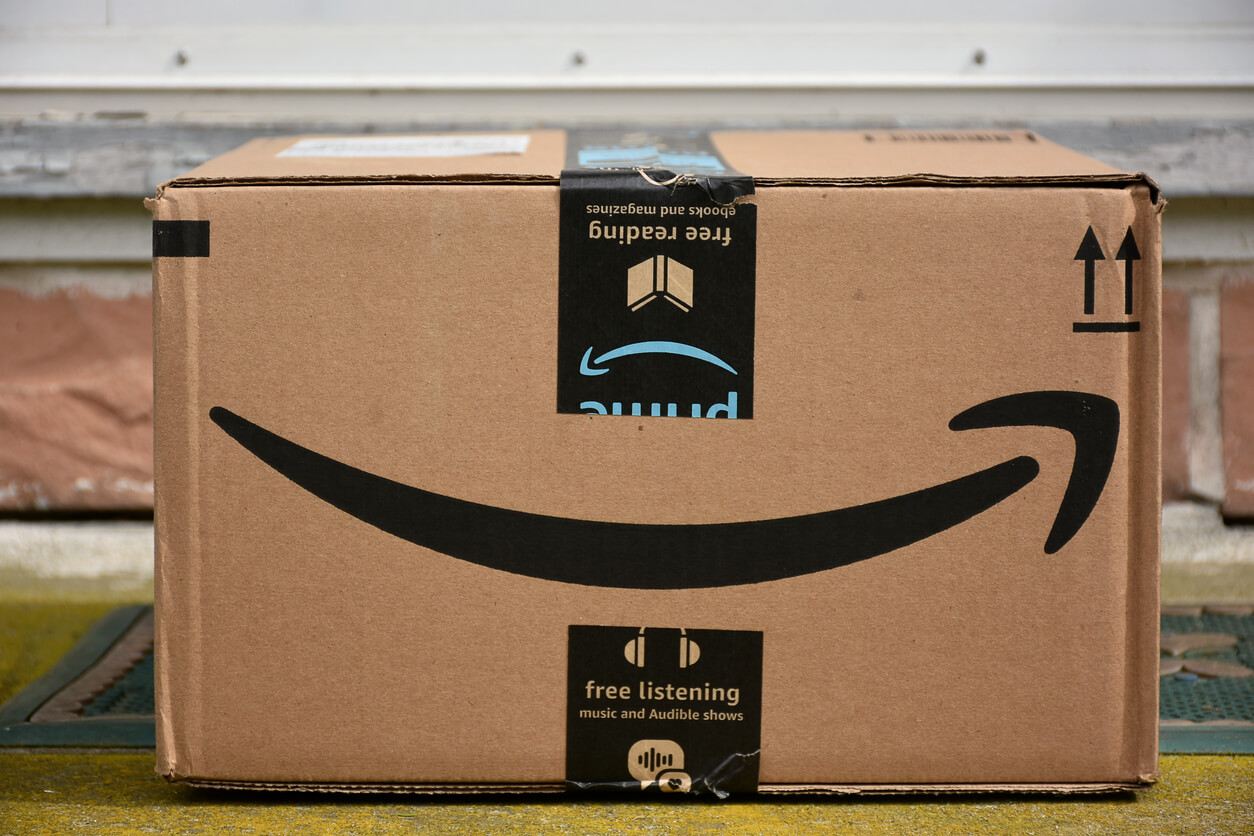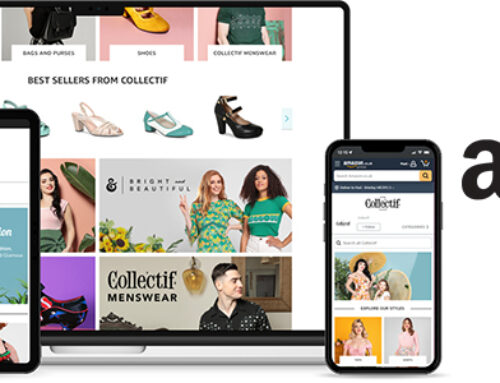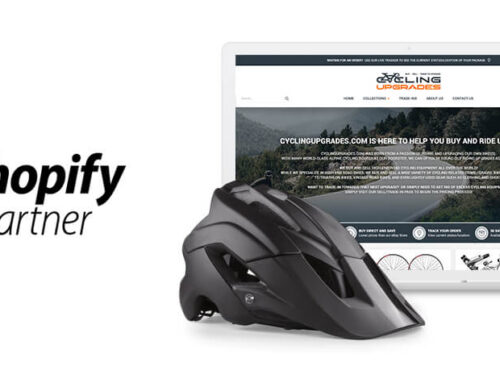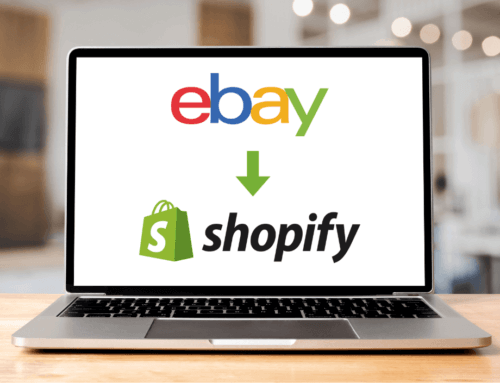
Amazon has 175 million monthly visitors. So there’s plenty of room for every seller to carve a profitable niche for themselves on Amazon.
Just listing items on Amazon will naturally get traffic to your listings. Amazon customers are savvy comparison shoppers though, and competition in this marketplace is fierce. So while it’s not too late to become one of Amazon’s big sellers, that doesn’t mean you can skimp on the marketing and optimization.
Here are six simple ways to optimize your Amazon store and increase your sales on Amazon.
1. Make strategic purchases
A great Amazon business starts with great products. But what makes a great product for Amazon? When browsing potential items, it’s important to always think strategically:
If a product is already sold on Amazon, read the product reviews. Look for products customers like. Just remember that not all reviews are relevant to the actual product.
Price history is important to consider. Extreme fluctuations can indicate price wars, and so would be best to avoid.
Amazon Search results placement. An ASIN that appears on the first or second page is likely high ranking already. One that’s further back offers new opportunities.
Look for gaps in the market. There may be niche products which sell well on other marketplaces but are not yet sold on Amazon.
Pro tip: Don’t be afraid to expand into new categories. You may specialize in selling from one category, but there’s nothing stopping you from selling in another.
2. Stay in stock
Amazon favors stable sellers who stay in stock, have a healthy inventory and can keep up with the demand that winning the Buy Box creates.
Studying previous year’s sales figures and anticipating increased demand for seasonal items will allow you to keep an eye on your lead time and order enough stock in advance.
Pro tip: Make sure you’re regularly checking up on your Amazon Seller Central account to ensure you’re still in stock. Technology can assist with key areas such as velocity control and replenishment.
3. Drop shipping
Adding non-stock or custom items to Amazon and then drop shipping to customers can add to your revenue, but it can also help reveal new trends or overlooked items that should be stocked as part of a standard offering.
All costs, including Amazon’s, are variable and since items can be added to Amazon with little setup, even the administrative hassle is minimal.
4. Merchandising
Being such a competitive marketplace, customer attention and loyalty is hard won on Amazon. Creating your own custom brand store can help to engage customers and show them the full range of your products. If you have new product lines which are not yet ranking well, a storefront design can also encourage traffic to those items.
Amazon brand stores can be made up of multiple pages, just like a brand’s own website within Amazon. They can have a home page and then break the pages down further into category pages. Some brands choose to have a single homepage, and others go for a complete store with multiple pages. Amazon stores are responsive to desktop and mobile. They also support videos which is a huge plus.
Not all sellers are eligible for an Amazon store, but Amazon is not charging sellers any extra fees for hosting a store design. Contact Frooition to discuss Amazon store design for your Amazon listings.
5. Pricing
Amazon has successfully attracted millions of resellers offering products to Amazon customers. While more than 480 million different items have entered the Amazon catalog, it is the presence of so much competition across these items that has led to intensive price competition across resellers, and ultimately lower prices for Amazon customers.
As nice as it would be to say you’re done after you’ve set your initial price, that would not be realistic for most Amazon sellers. Flexibility in pricing is important because the market is always changing.
Some sellers on Amazon opt for auto pricing. Auto pricing is simple: it allows for changes in price in response to other seller’s changes. It can be a great option for retailers who sell products that have a lot of competition. This can be especially important for holding onto that sneaky buy box, so you don’t miss out on sales.
6. Solicit Reviews
Amazon buyers love to read reviews. It’s a big part of them deciding to buy one merchant’s products over those of another. Testimonials are important proof and build trust.
You must encourage your customer to rate your products and write a review. You can do this in a variety of ways; one of the most simple and effective ways to do this is to simply include a note in the package asking them to write a review when the product is shipped to a customer. Emailing after the purchase is also a good idea.
Never, ever makeup reviews or pay somebody to write a fake review. Even if Amazon doesn’t punish you, savvy Amazon buyers will notice and not trust you. They may even tell other people, and this would be one of the few occasions where you don’t want customers to spread the word about your brand on social media!






